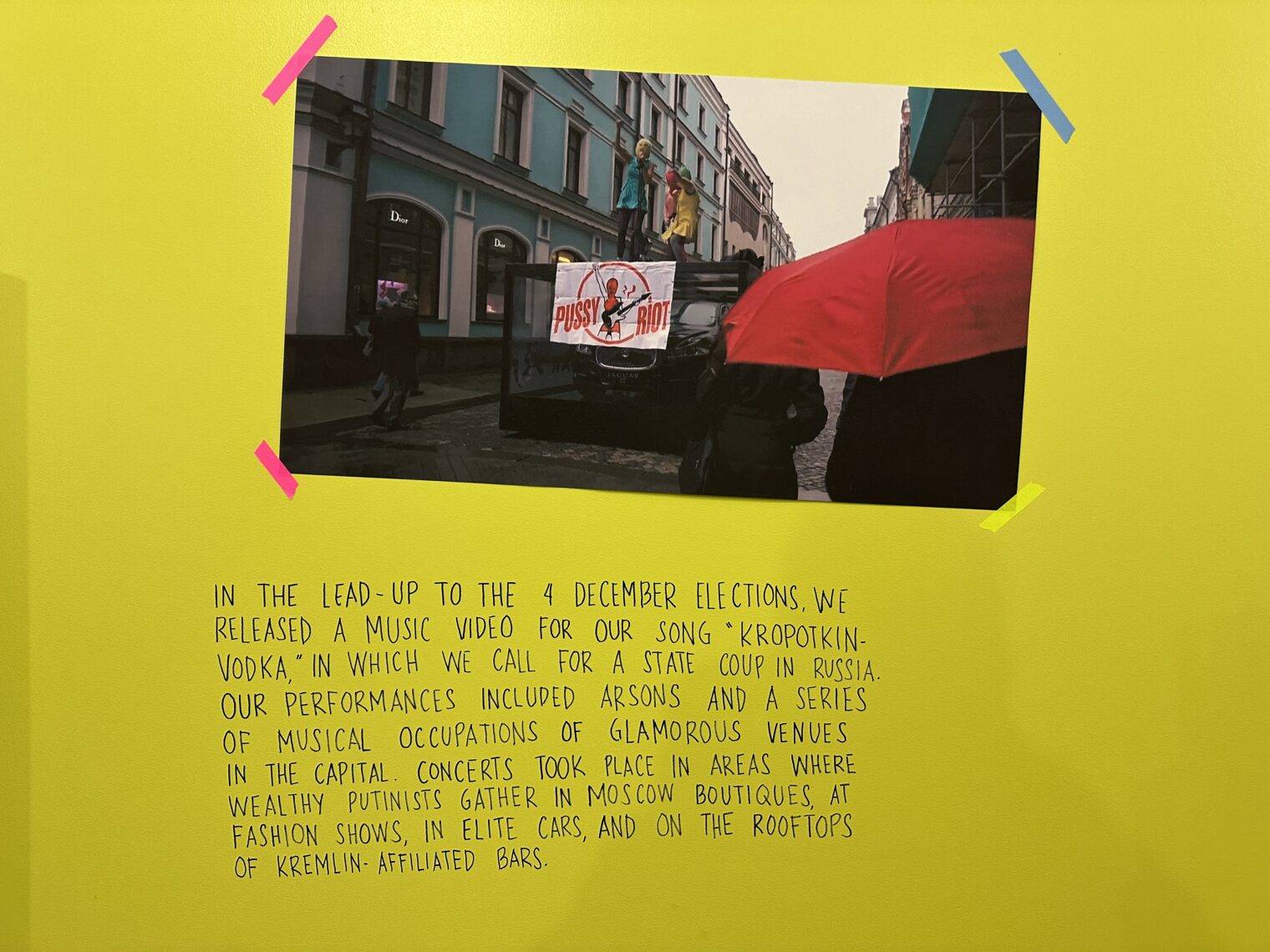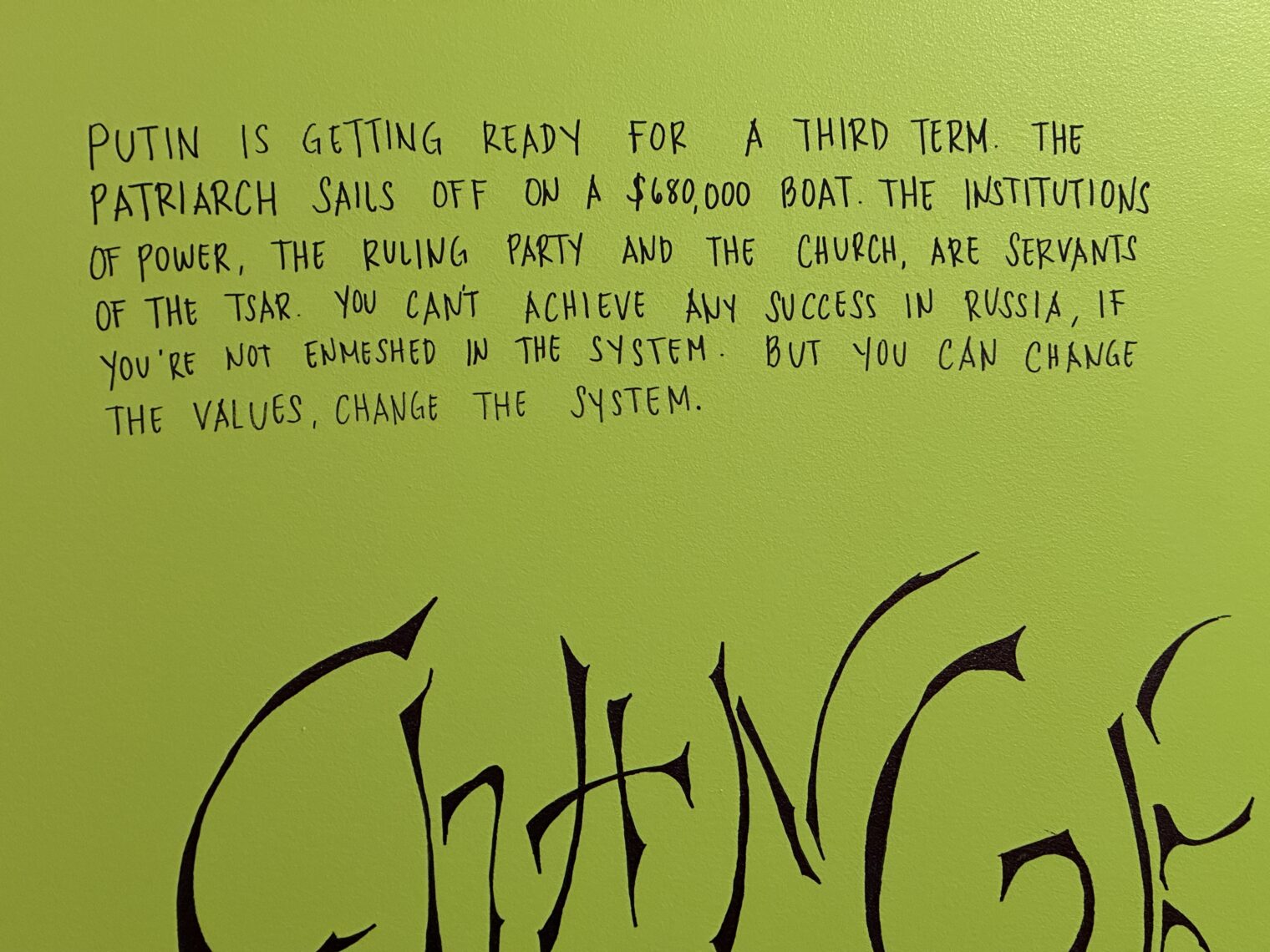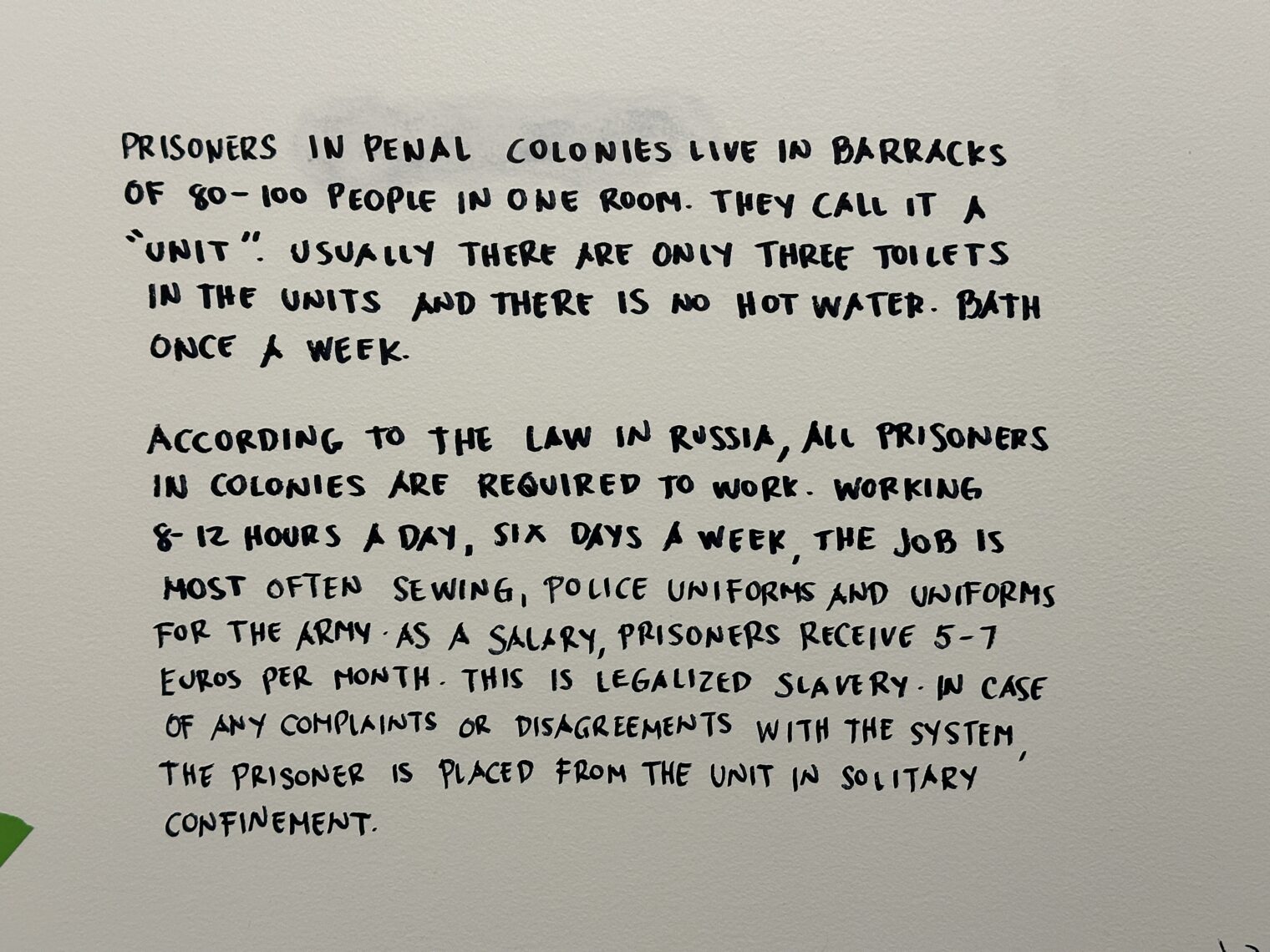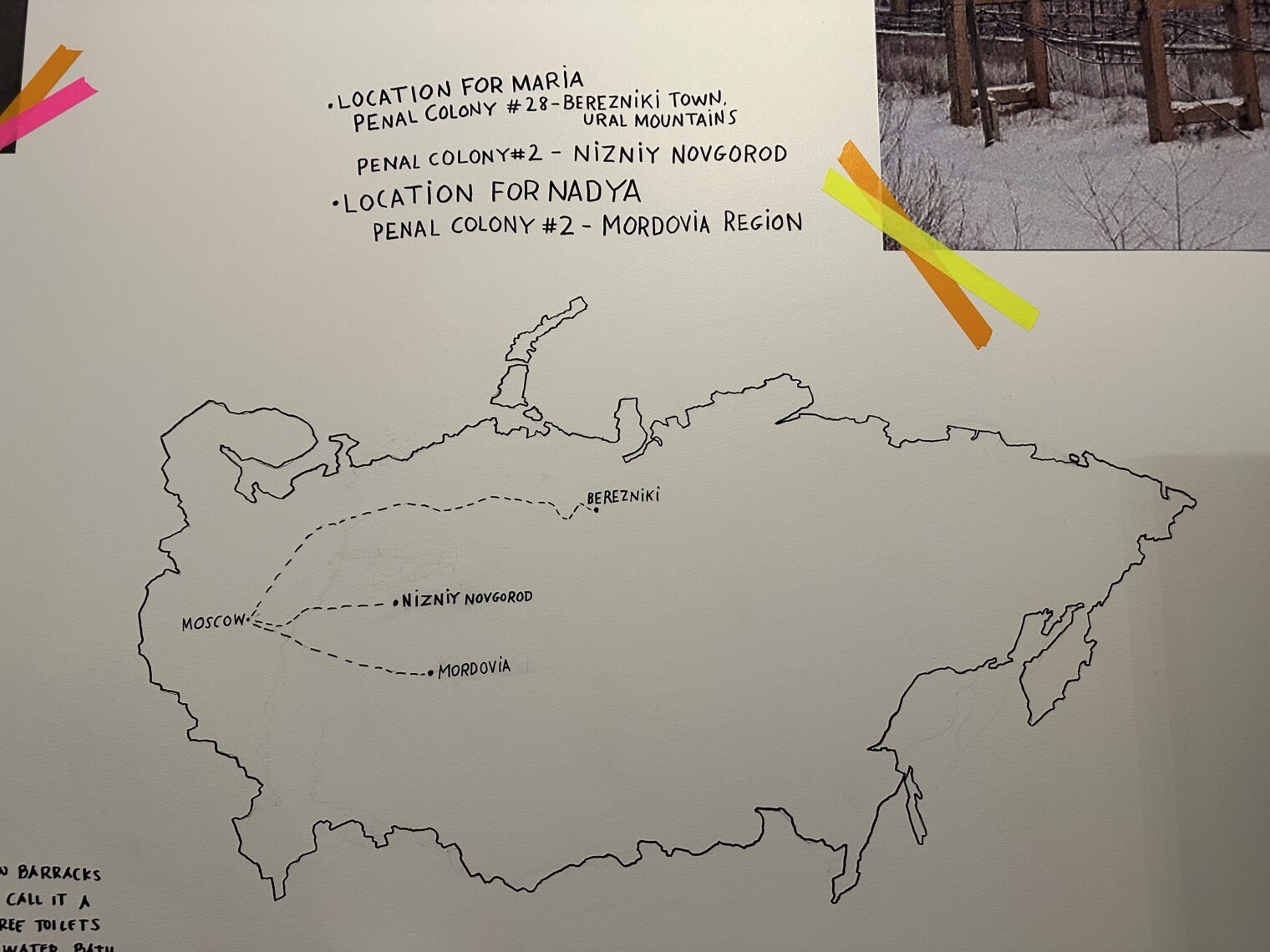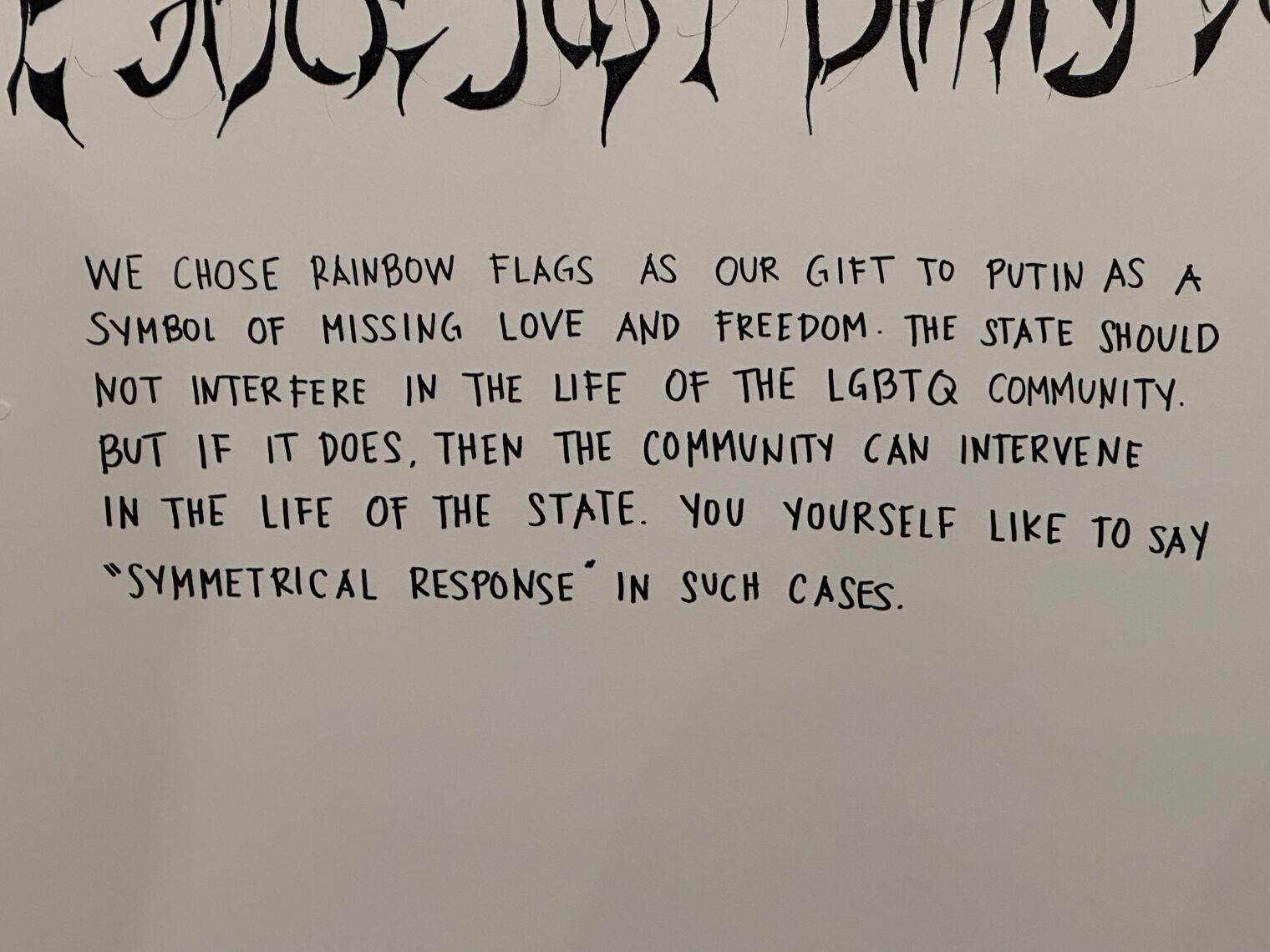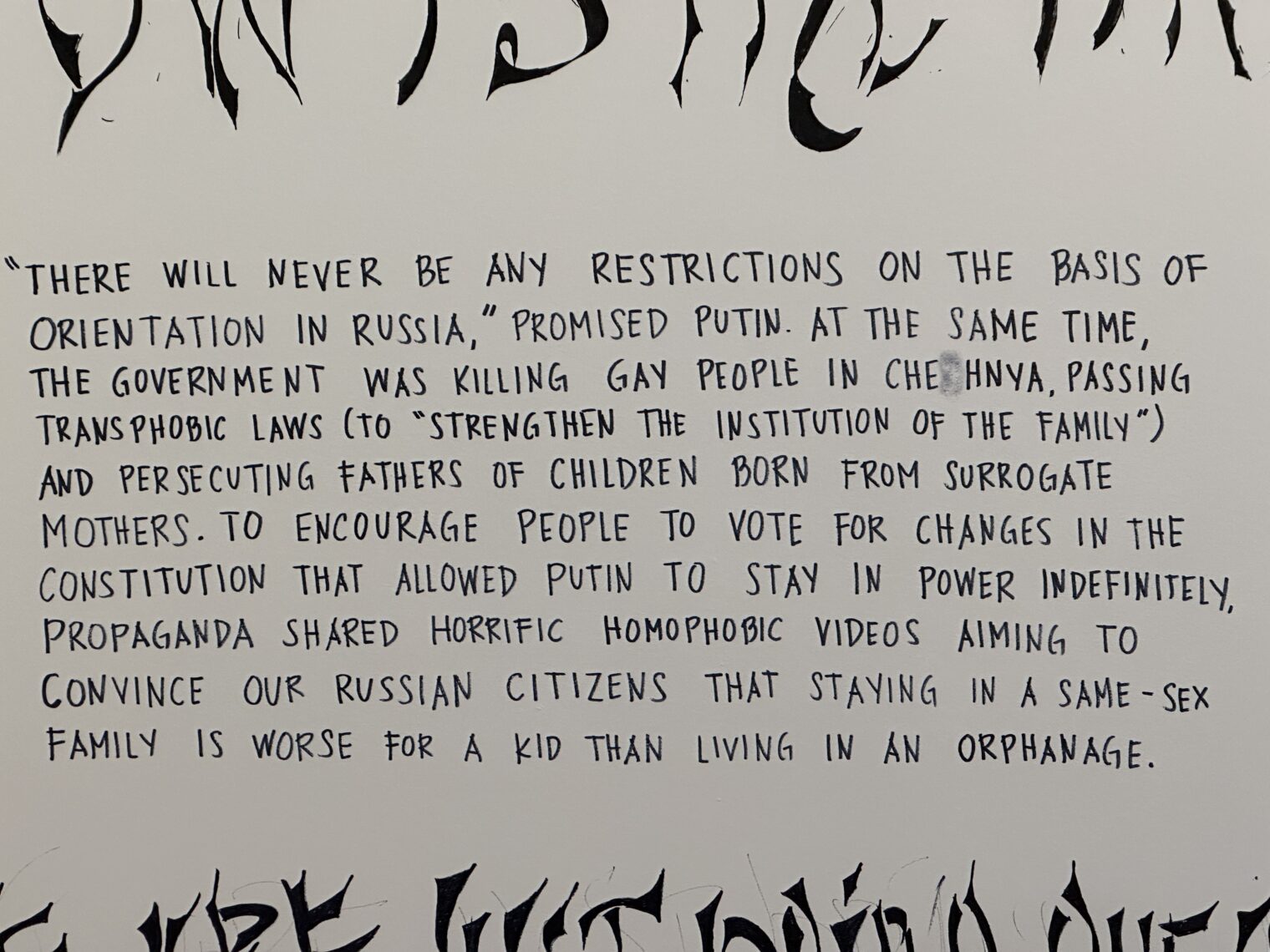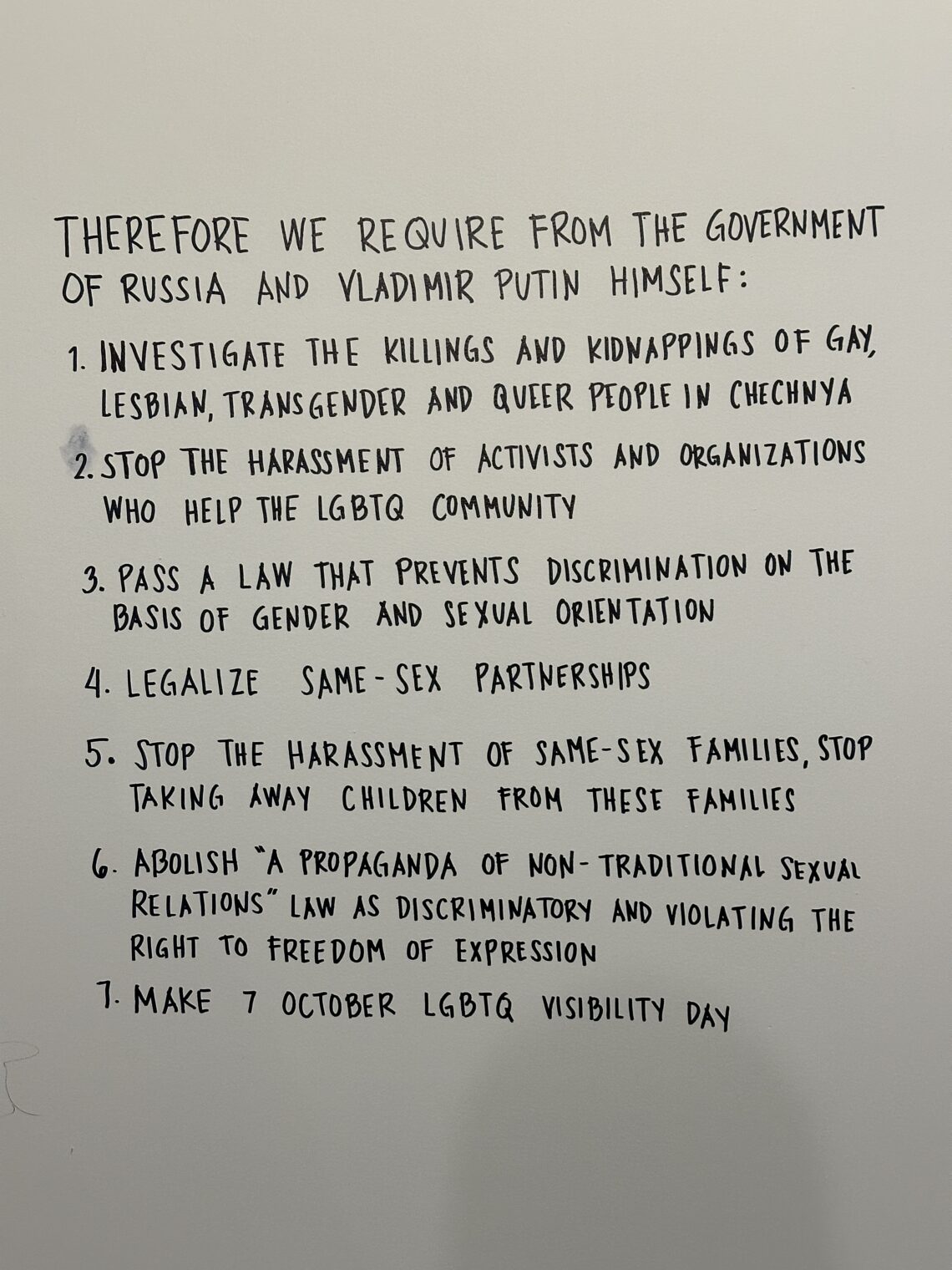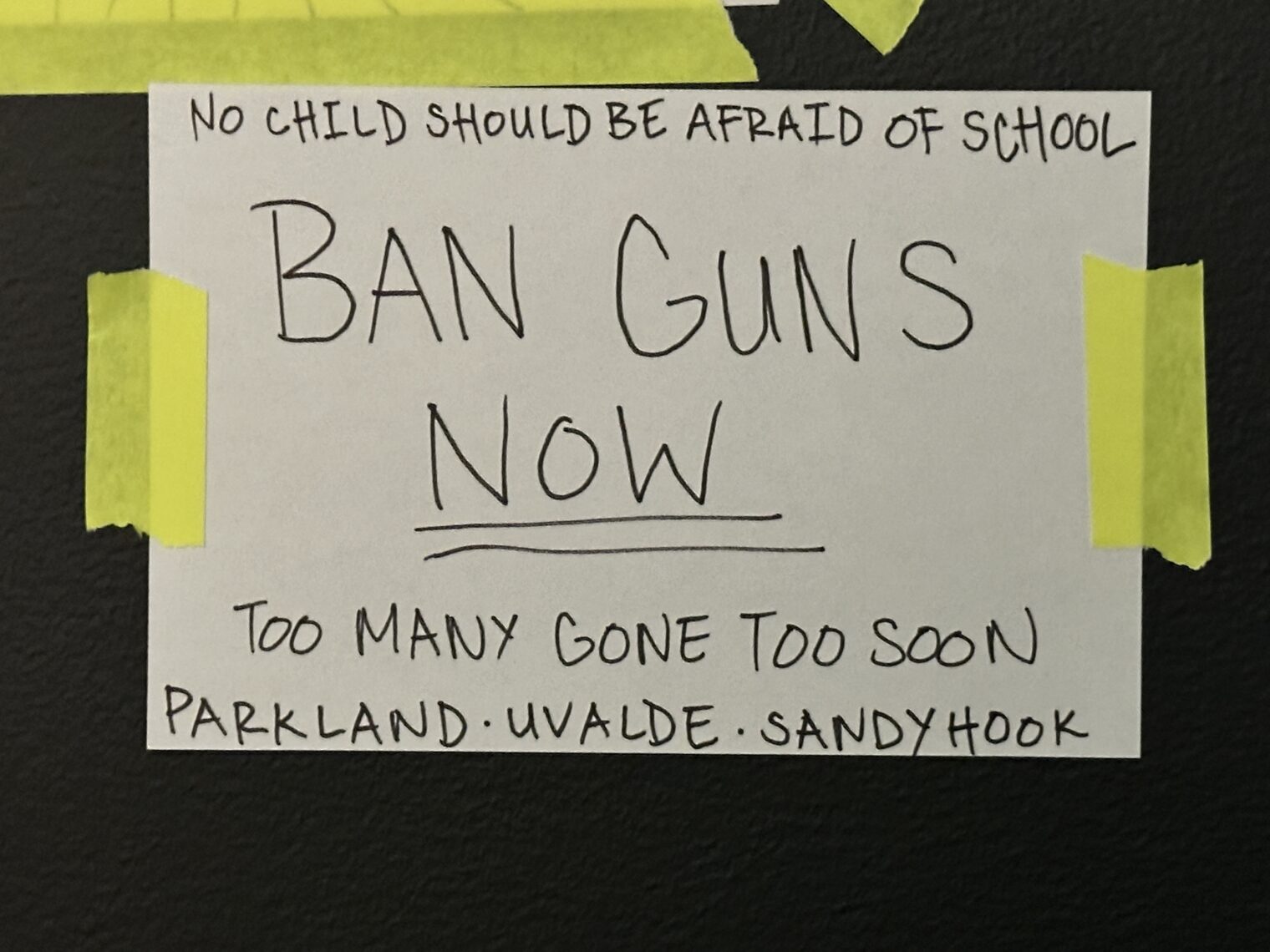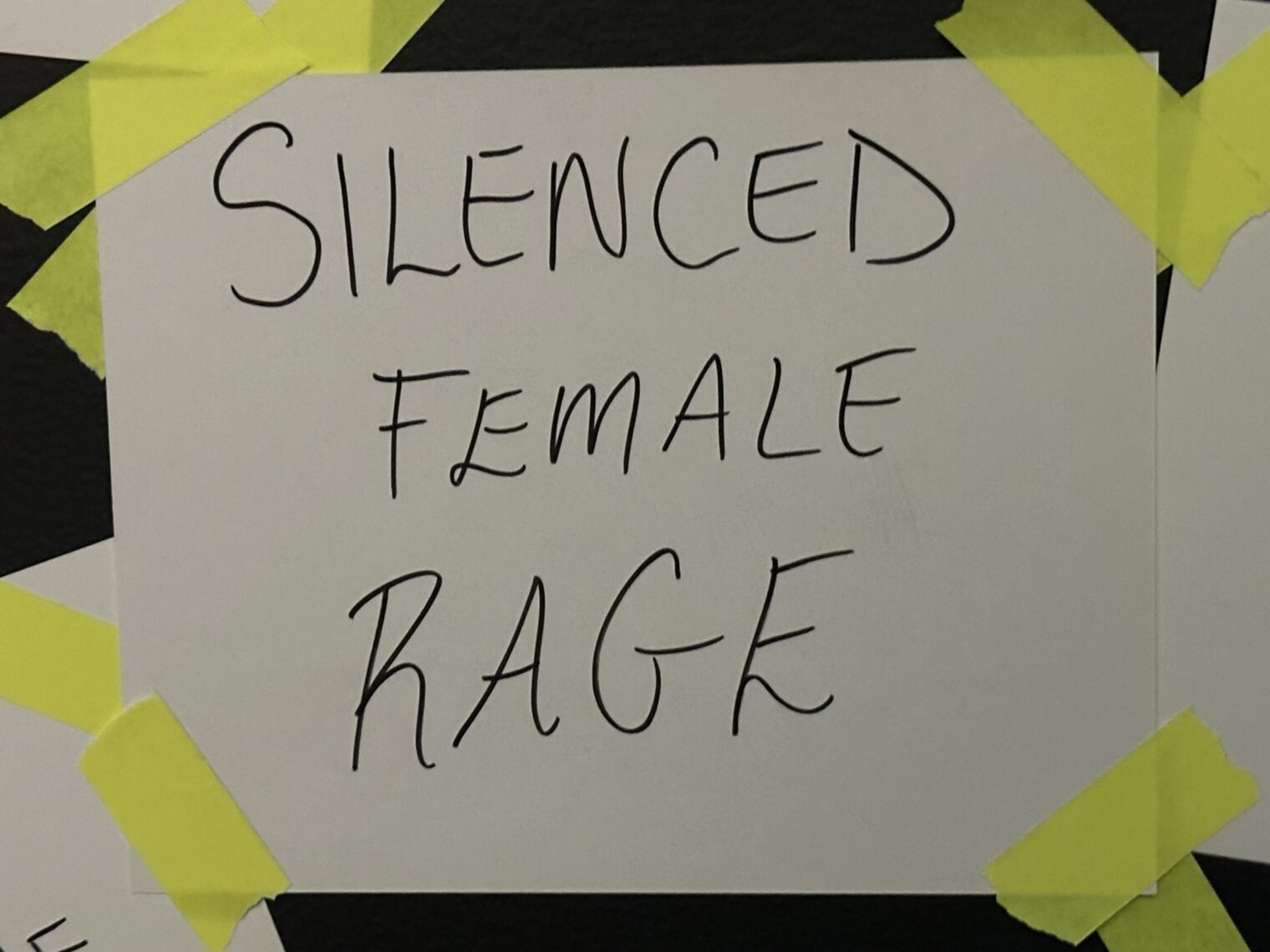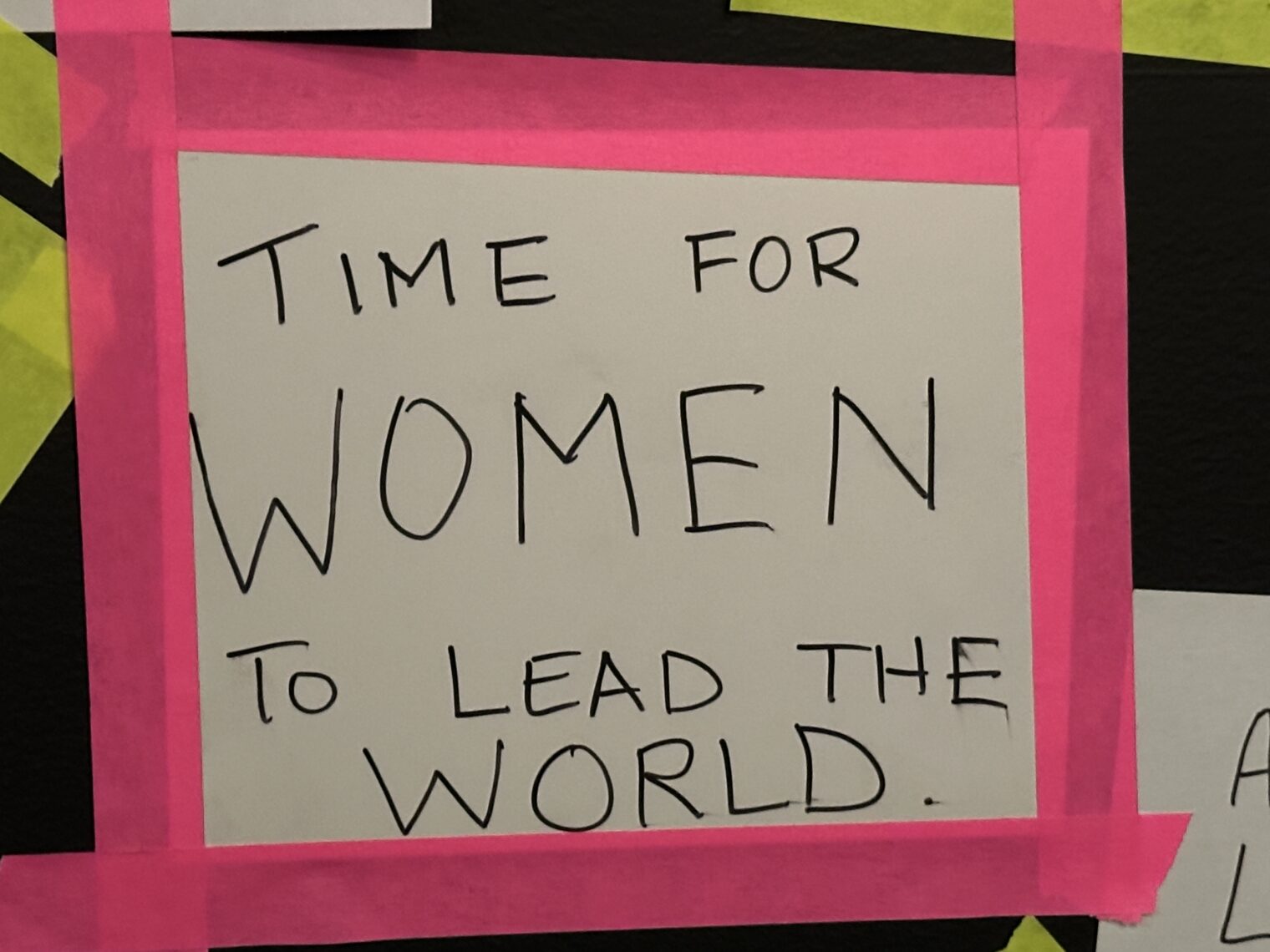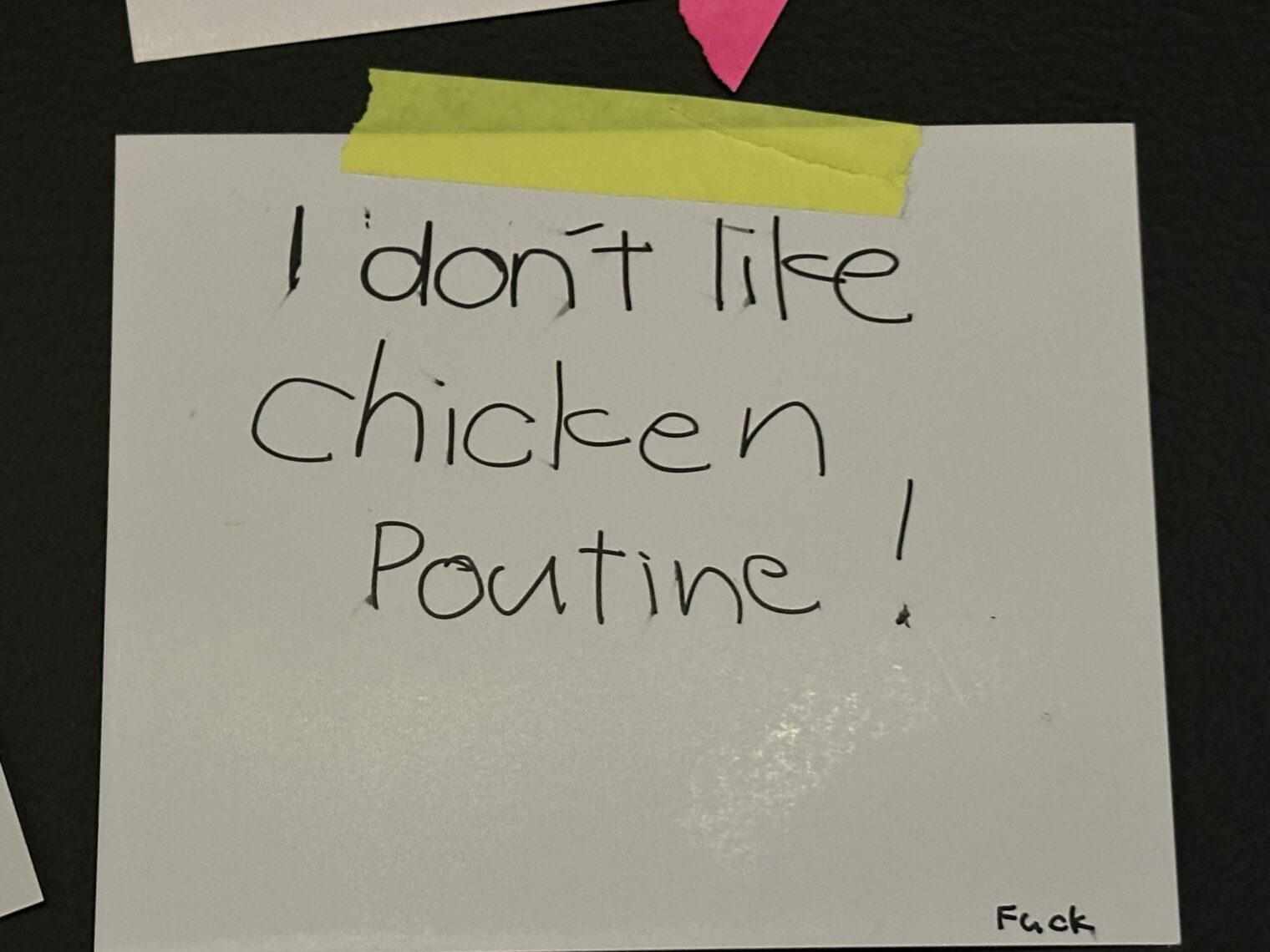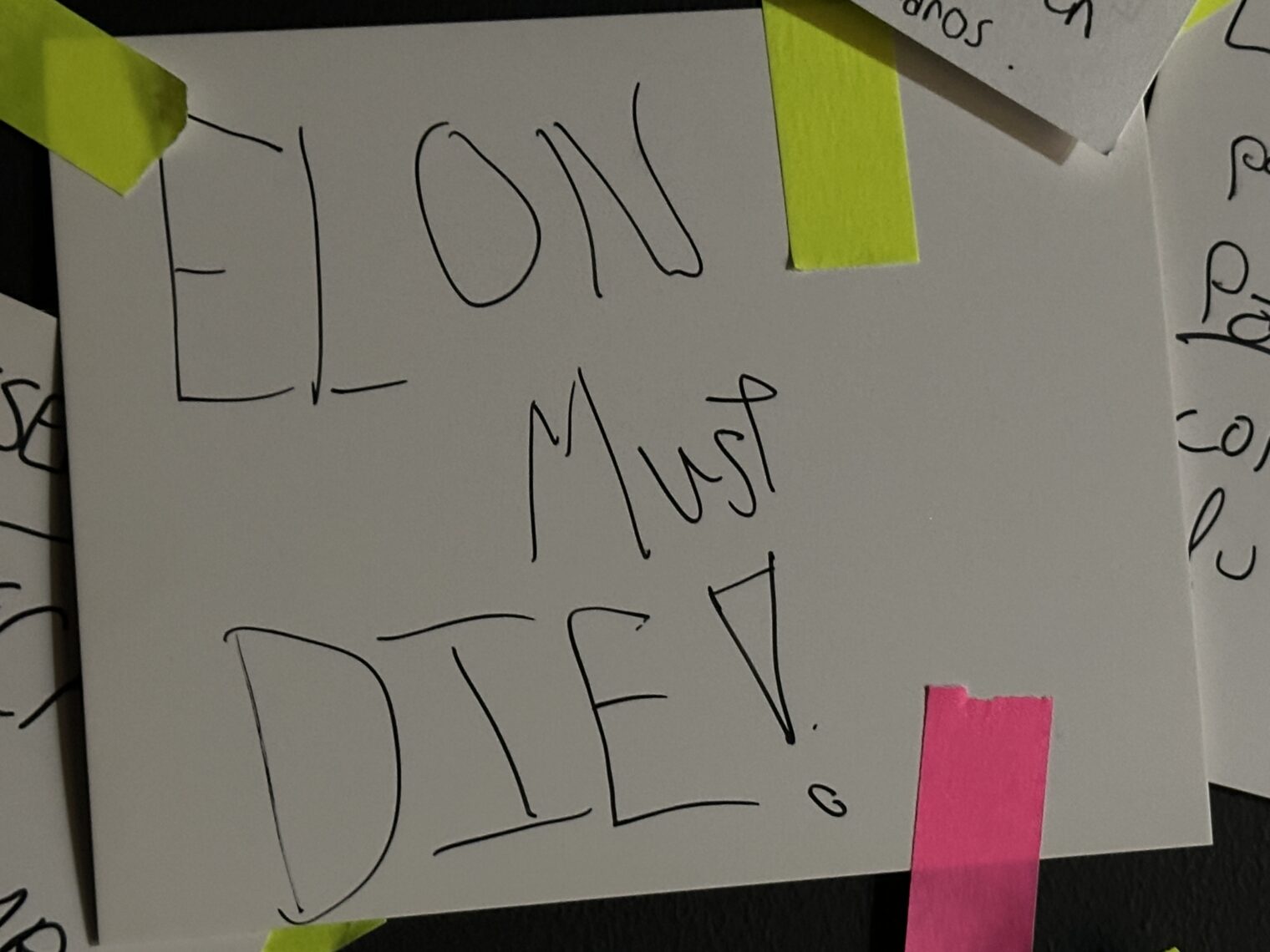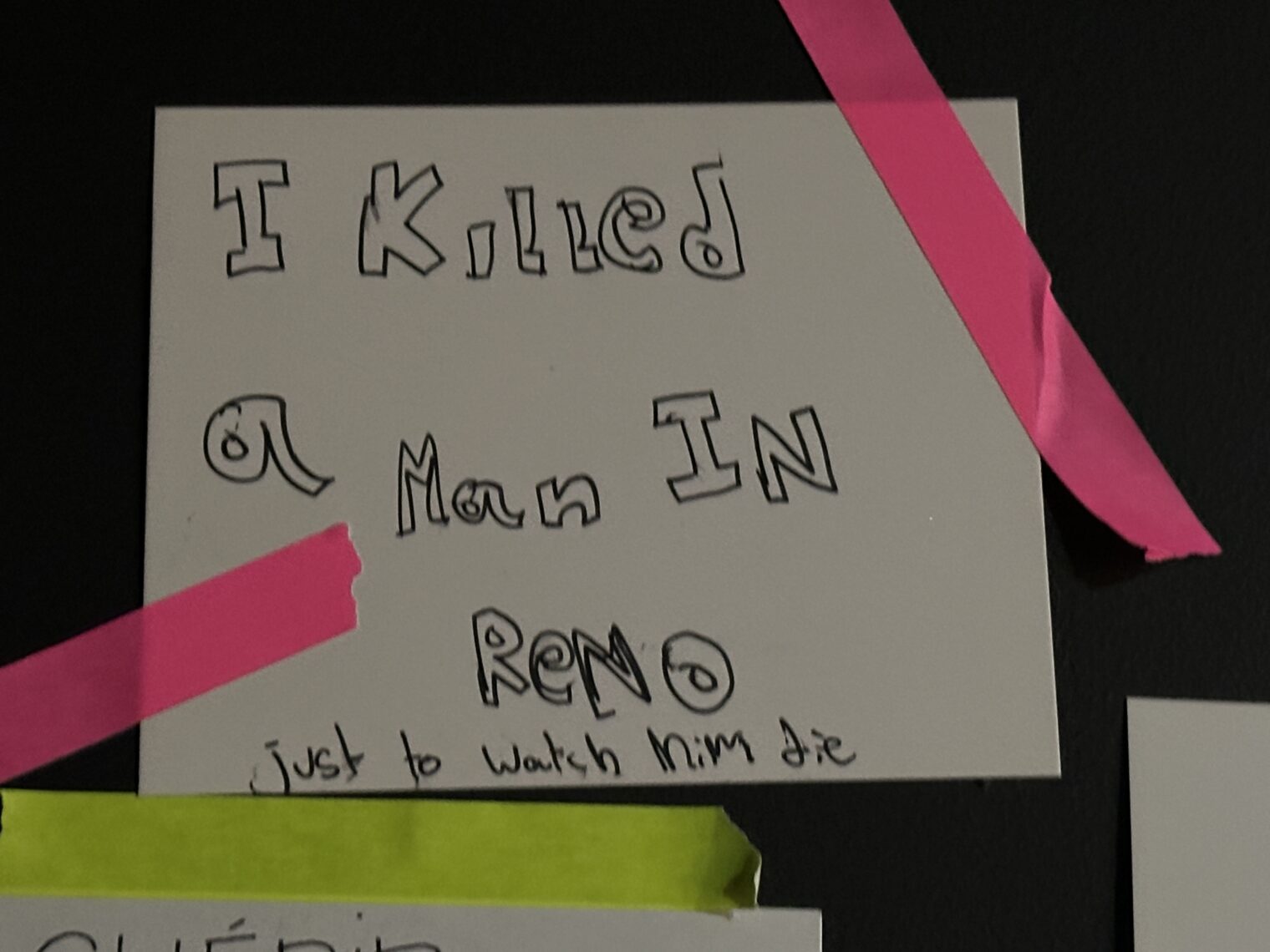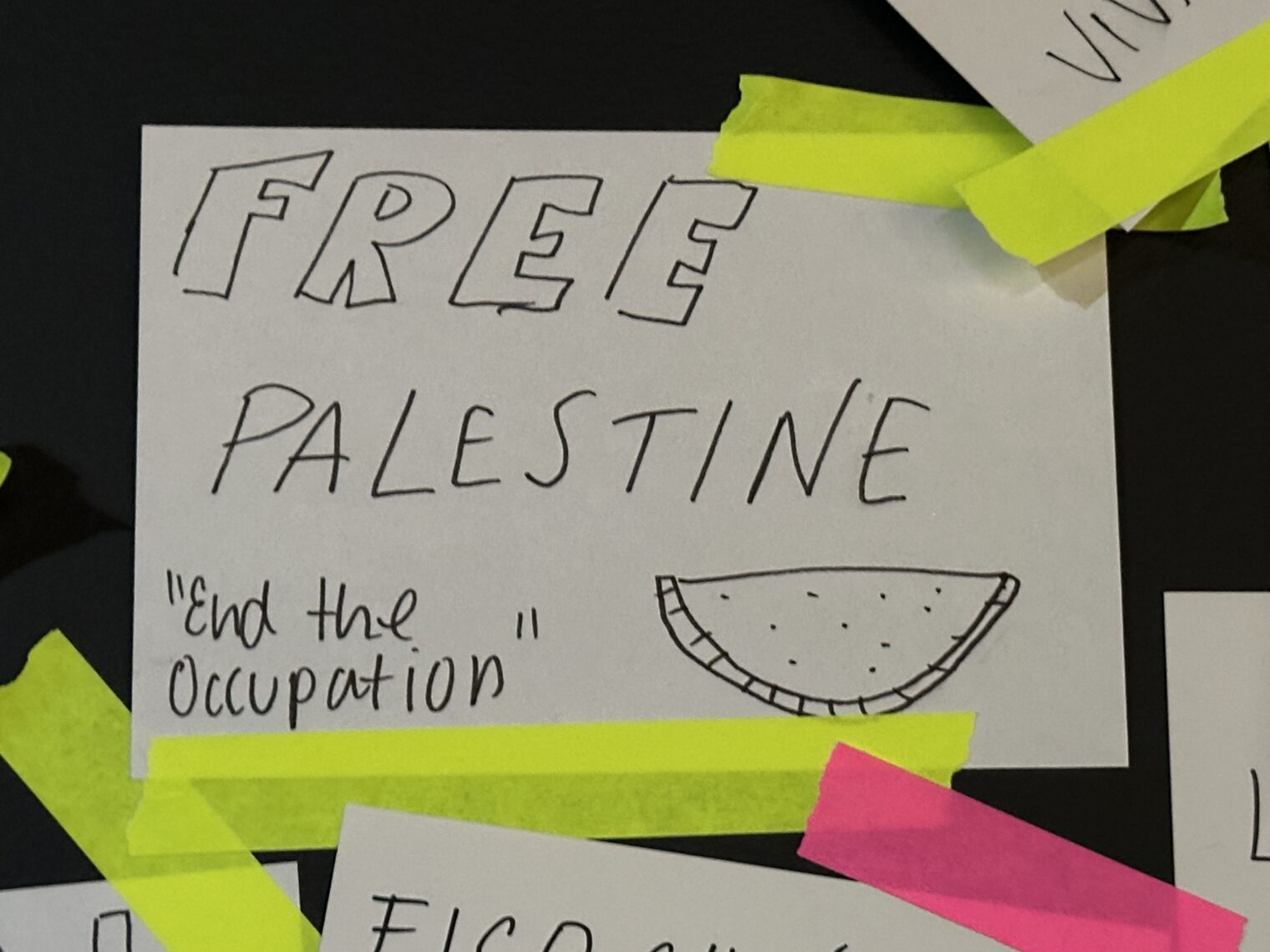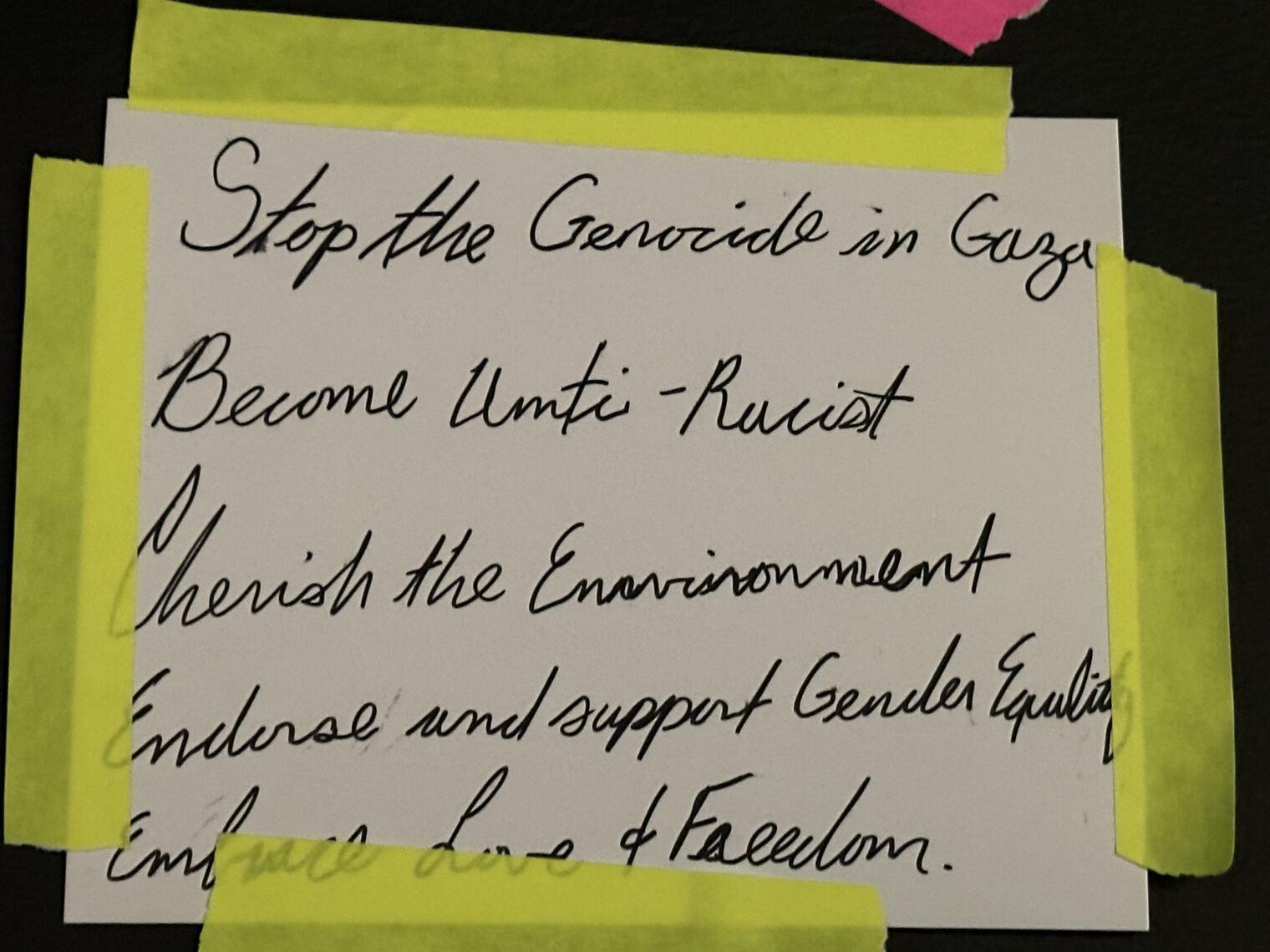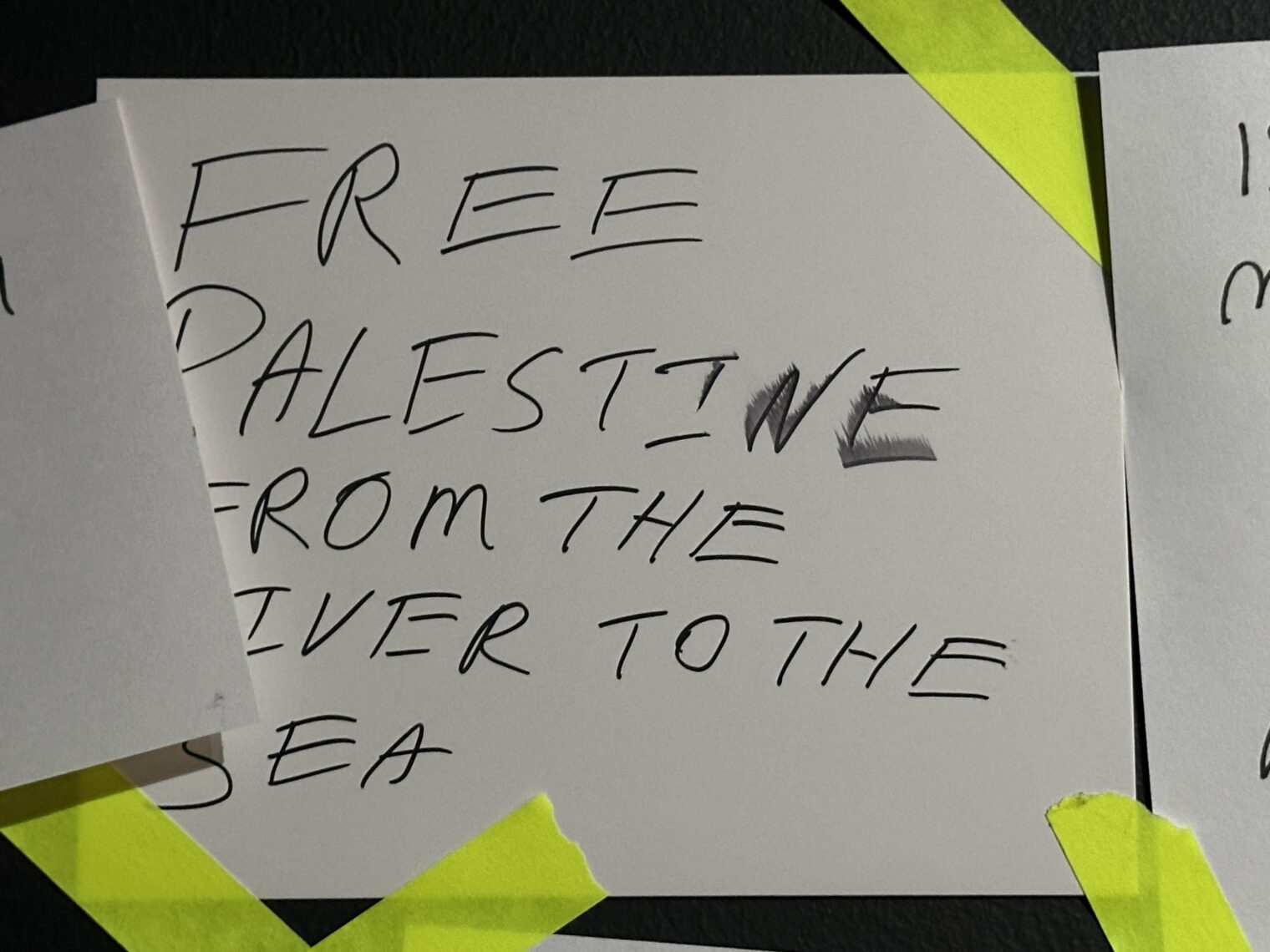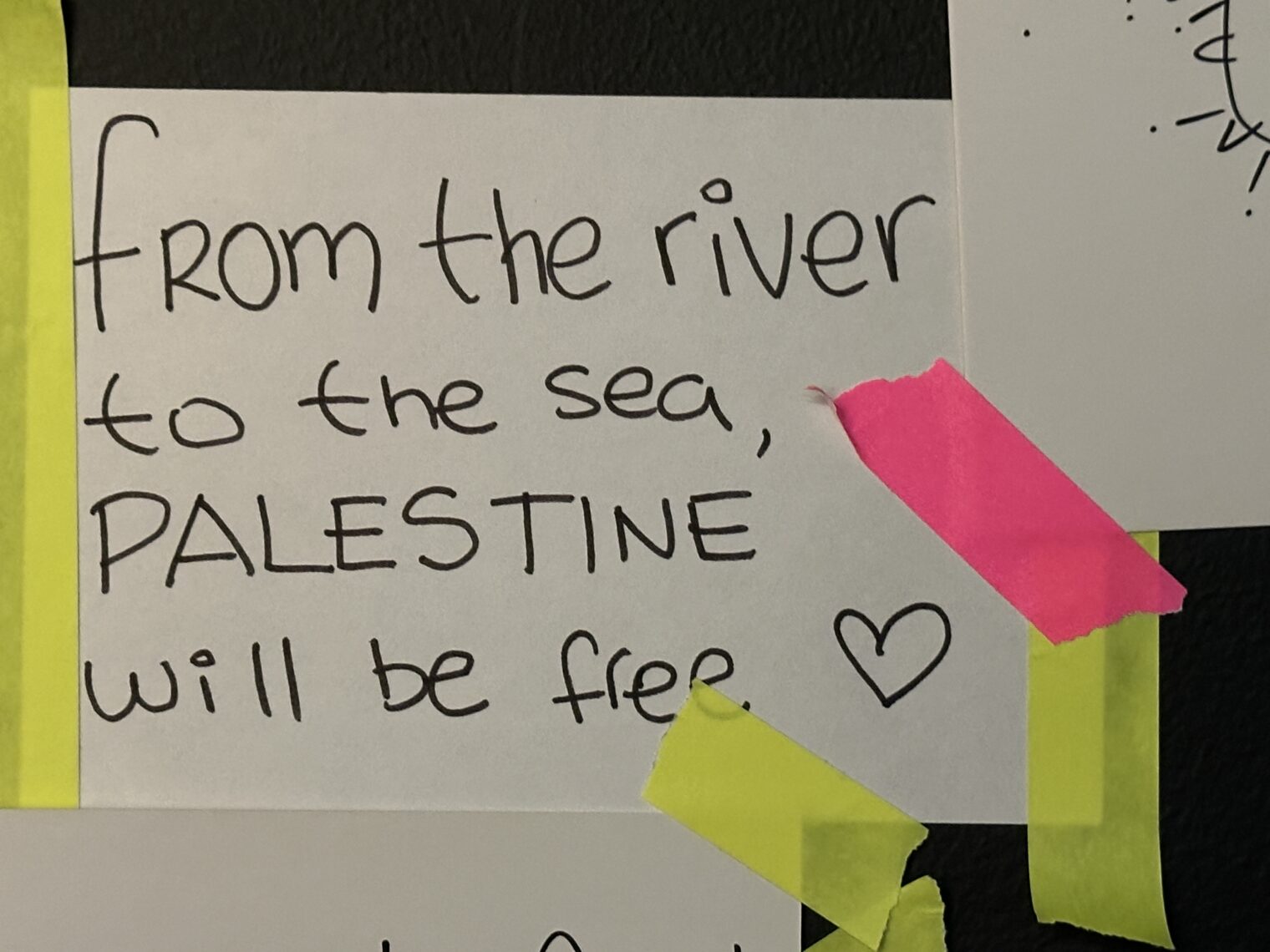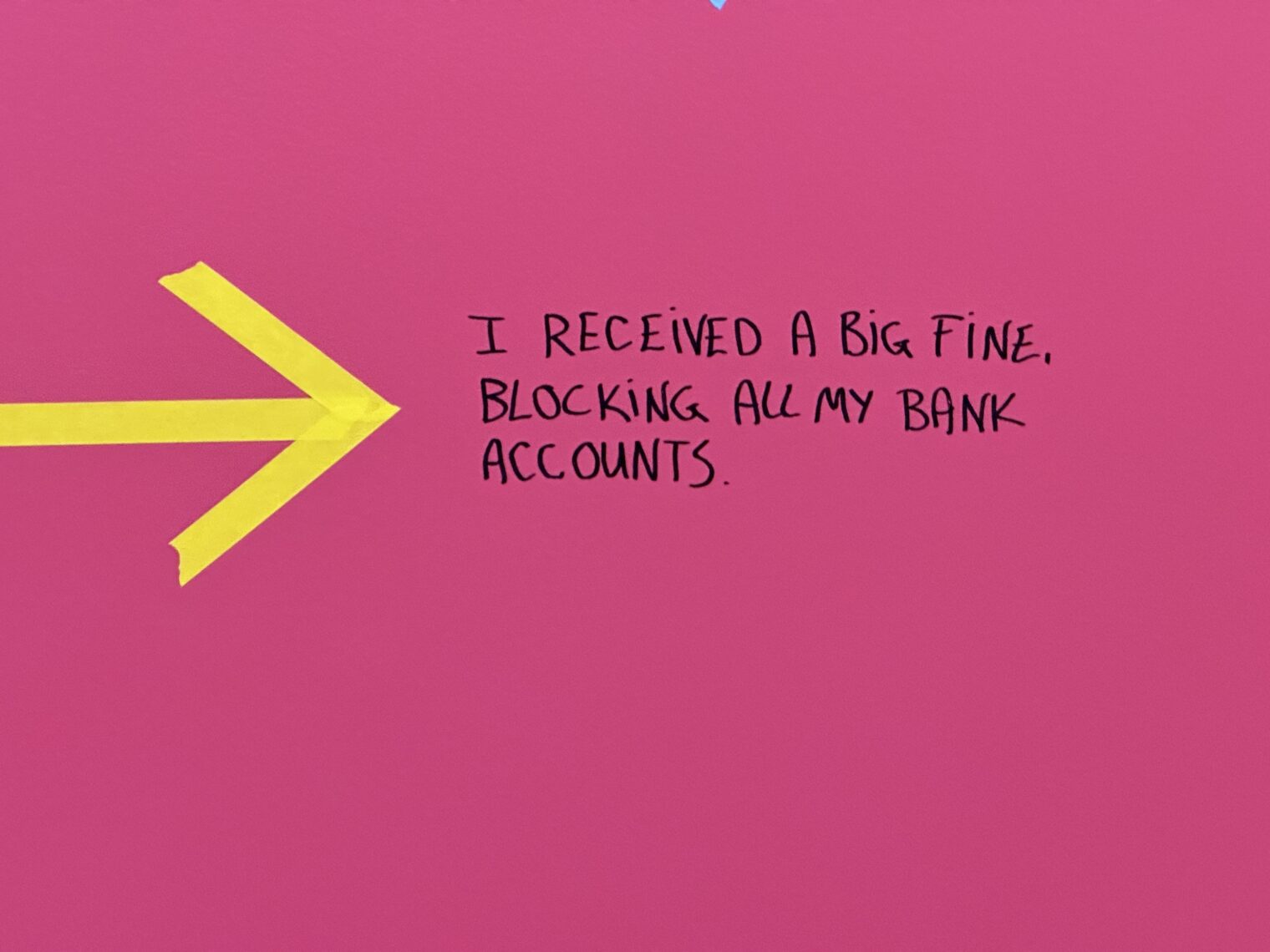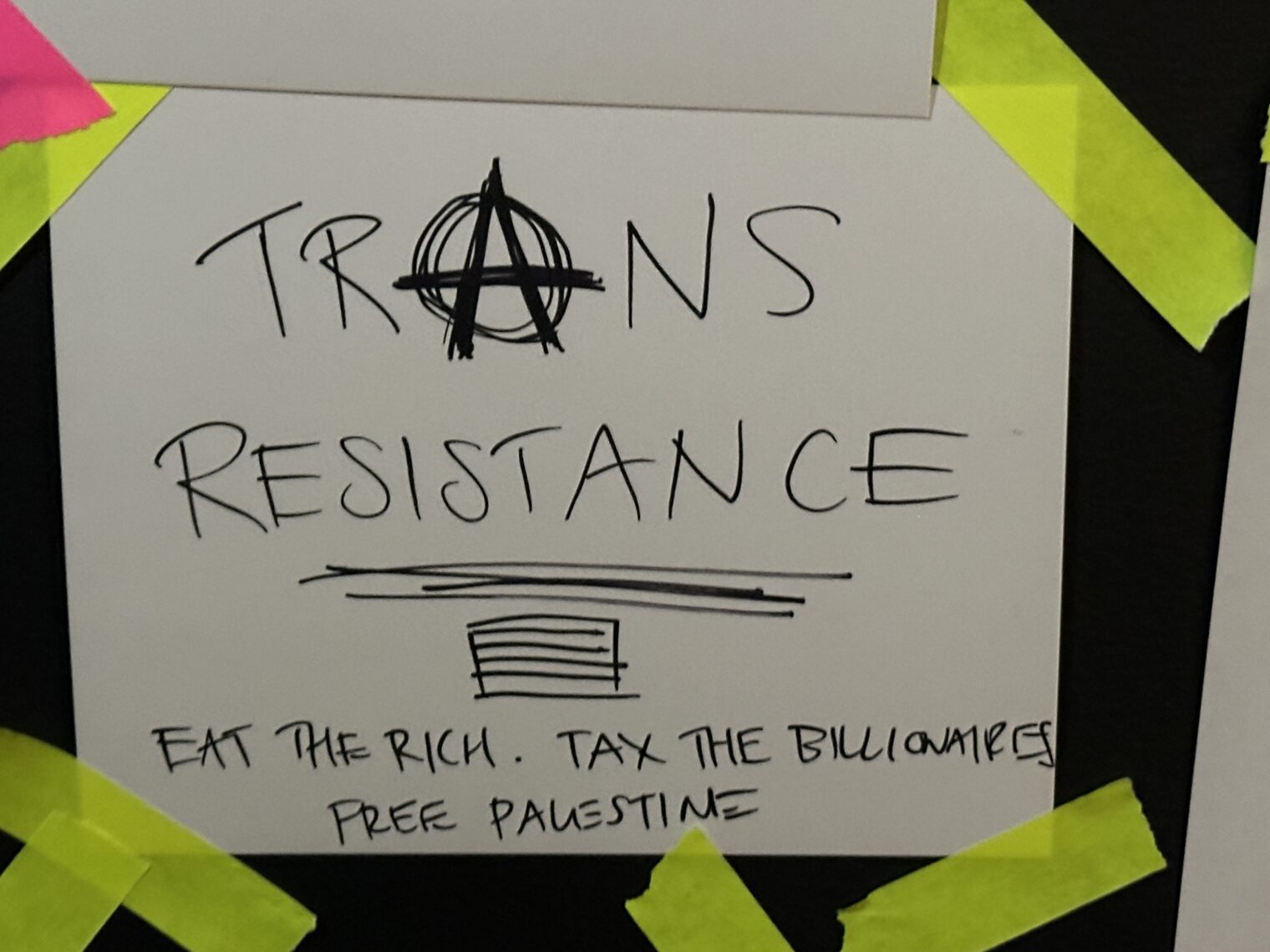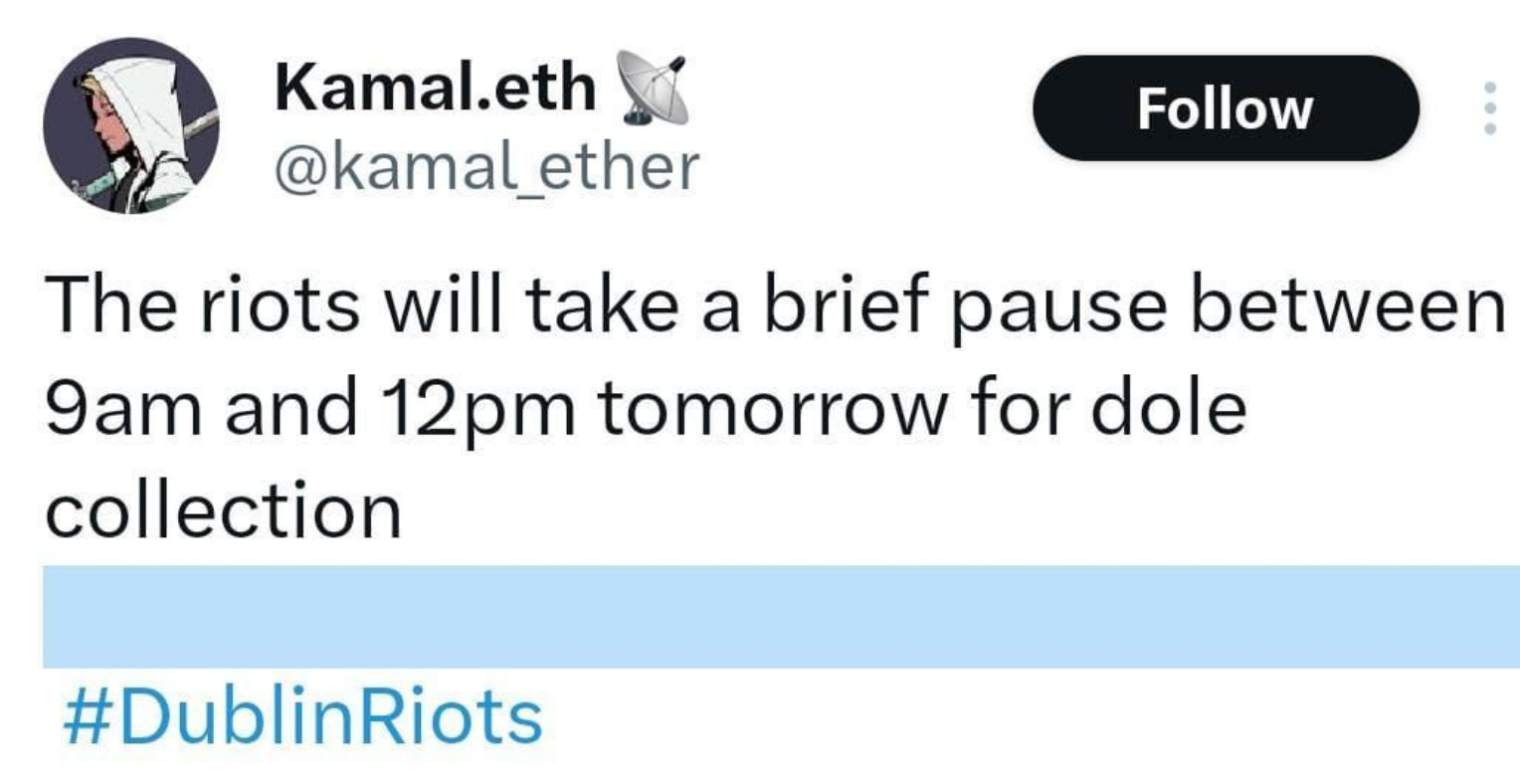It is March 30, 2020. Our rotations are now “socially-distanced”: medical education (Zoom meetings with M1s and M2s), pathology (share a screen with a pathologist), and anatomy (handful of masked people in a large lab). The most popular choice is an additional two-week block of “study time” (i.e., vacation) for the Step 3 exam, a two-day multiple choice exam that costs $895 and duplicates material from Step 2. It is impossible to register for the exam until after we graduate, so nobody is actually studying. Jane and I have decided to learn anatomy from our favorite retired trauma surgeon for two weeks.
There are just two other students on our elective, including Buff Bri who matched into neurosurgery and a Canadian who matched into Internal Medicine. School administrators have decreed that everyone wear masks in the anatomy lab and that no more than two students at a time can be present in the thoroughly ventilated cavernous anatomy lab. Jane: “I’m surprised that our professor is teaching. She’s the ideal patient to actually be harmed by COVID-19.” We will meet five times over two weeks, starting at 10:00 am and working until the early afternoon.
The first week we focus on trauma exposures. Jane and I start Monday on a cadaver with an untouched abdomen! Our attending first goes over how to make a midline incision. “A lot of residents do not extend the incision all the way to the xiphoid process. That few extra centimeters gives you a much better exposure.” We both take turns cutting, then suturing each fascial layer back together, and then cutting the sutures. Next we play the “Exposure Game”: she tells us an organ or structure, and we have to describe how to get to it once inside the peritoneal cavity. We perform the Kocher maneuver, medialization of the duodenum through incision of the inferior lateral border of duodenum, and the Cattell-Braasch, medializing the lateral edge of the ascending colon. A typical abdominal organ can be mobilized (or “medialized”) from its natural resting place by incising a thin layer of connective tissue (“peritoneum”) thereby releasing its long blood supply attachment (mesentery) to its full length. From this principle, you can bring the right colon or spleen out of the abdominal cavity while still attached to its blood supply.
We quickly realize that the cadaver’s anatomy is way out of whack, which makes winning the game a lot more challenging. There is a seven-inch predominantly solid mass in her midline, which encircles the aorta and pushes her vena cava to the right. We cannot identify the abdominal aorta at all, but slowly dissect it out moving backwards from the bifurcated right and left iliac arteries. We also perform the Mattox maneuver in which the left colon and kidney are medialized to reveal the aorta.
We go in Wednesday and Thursday to continue to dissect the abdomen and remove the mass. During our dissection, we find that she had a ureteral stent placed in her left ureter due to obstruction from the mass. Our professor hands us a bucket to save the specimen for future classes. “Next year’s class wont have cadavers because authorities are requiring all cadavers be Covid-negative. There just won’t be any supply.”
We then perform a resuscitative thoracotomy (creating a hole in the chest). I make an oblique incision from below the nipple to the sternum, dissect down to the ribs, and place a rib expander (“Finochietto”) device in between the two ribs. Jane starts turning the crank to expand the ribs apart. We switch and Jane takes over to dissect out the heart and lungs. “Bedside thoracotomy is a procedure that is a last ditch effort to bring a trauma patient back from death,” our attending explains. “Imagine a 30 year old with multiple stab wounds is dropped off at the ED entrance. He is in extremis – he doesn’t open his eyes and is groaning only. His heart rate is 160, and the automatic BP cuff cannot get a reading. He has a pulse when he is transferred over to the trauma bay bed, but shortly thereafter, an astute medical student says that she cannot feel a pulse. What do you do?” A resuscitative thoracotomy is performed to try to bring this dead patient back to life. A large incision is made, the ribs are spread. The heart is delivered out of the chest. The aorta is clamped to decrease the circulating blood volume and divert blood flow to the brain. Frankly, attendings sometimes let residents do it to practice even though it doesn’t significantly improve patients’ outcomes.” She concludes, “The best evidence suggests performing resuscitative thoracotomy after traumatic arrest from penetrating injuries to the chest – maybe you can stitch a hole in the heart – or penetrating injuries to the abdomen where you can halt massive hemorrhage by clamping the aorta.”
On Friday, we perform a mastectomy, much to Jane’s disappointment after her two-week breast service rotation. “After a few mastectomies, it is boring. You’re just cutting into fat.” I make an oblique incision along the cadaver’s breast and find the pectoral fascia (connective tissue plane overlying the pectoral major muscle). I then dissect, mostly with my hands, to remove the breast tissue (all fat in this 86-year-old). We then perform the much more exciting axillary lymph node dissection! Jane begins it by reflecting the pectoral major to identify the clavipectoral (“clavipec”) fascia which runs up to the coracoid process (bony protuberance on the front of your shoulder). “The coracoid is the key to the axilla,” exclaims our attending. Jane and I have not studied this anatomy for awhile, having not been in the hospital since almost January, let alone on a surgery rotation. We pull out Netter’s Atlas of Human Anatomy, multiple copies of which are strewn around the lab, and turn to the axilla plates. We receive a ten-minute tangent about the most important books for surgeons to have: Netter’s Atlas of Human Anatomy, Maingot’s Abdominal Operations, Skandalakis’ Surgical Anatomy, Netter’s Surgical Anatomy and Approaches.
We review the shoulder anatomy, and head back to our dissection. “In an axillary node dissection, you typically should not see the neurovascular bundle. You mostly have to watch out for what two nerves?” Jane responds, “The thoracodorsal (latissimus dorsi) and the long thoracic (serratus anterior).” Women are already self-conscious enough about losing a breast. It’s best not to also give her a winged scapula [injury to long thoracic nerve leading to impaired function of the serratus anterior].”
Buff Bri comes in every day for several hours, defying social-distancing orders from the administration, but our elderly trauma surgeon doesn’t care (“the cadavers are far enough apart”). From the first two cadavers he removes the brain by removing the skull and cutting the brain stem from the spinal cord. On the third cadaver, however, he spends hours meticulously dissecting out each vertebral arch/lamina to have an undisturbed nervous system from the brain to the end of the spinal cord. When it was time for final removal, our attending hands him the scalpel. “You know what to do.” He shrieks, “No, no, I can’t! You do it!” After a few more shrieks, he begins cutting each of the spinal nerves to finally remove the entire central nervous system – the brain connected to the spinal cord. I am amazed how small it looks. “We’re saving this one,” as she grabs a bucket. “Not a bad haul for two weeks. Two interesting specimen buckets!”
Type-A Anita is actively sharing “Sassy Socialist Memes” on Facebook. She adds her own gloss: “People, if we’re afraid that giving people $600 per week in unemployment benefits will stop them from working, that’s an argument for raising wages, not for refusing to bail out the people!” If any of her friends are turning to her posts in hopes of reassurance regarding coronavirus, they will be disappointed: “viruses can mutate into different strains. Look at how hard it is to guess which flu strain to account for in annual vaccines. We just don’t know enough about this virus to assume anyone is immune.”
During small group sessions, Anita frequently expressed her hatred of immunology (e.g., “Who cares about CAR-T cells and HLA types?”). A classmate who has specialized in immunology responds to Anita’s fear of lethal mutations: “The mutation rate of this virus is orders of magnitude less than either the flu or HIV, two viruses that have much more genetic diversity than SARS-CoV-2 due to extremely error-prone replication machinery. This bodes well for development of effective vaccines and possibly antibodies in comparison to circulating influenza viruses. Doesn’t change the fact that the duration of post-infection immunity is unknown, though!”
[Editor: Maybe they were both wrong, like most people who made predictions about COVID-19. SARS-CoV-2 never mutated into a virus capable of killing people with different characteristics than the early victims (i.e., the death rate kept falling because the virus killed those susceptible to death in the first year or two). But the immunology nerd was also wrong. We never developed a vaccine that reduced infection or transmission and maybe the vaccine had no effect on the death rate either. See “Where is the population-wide evidence that COVID vaccines reduce COVID-tagged death rates?” and “Did vaccines or any other intervention slow down COVID?”. Anita’s prediction that Americans would go back to work after long-term unemployment was at least partly wrong. Bureau of Labor Statistics data showed that the U.S. labor force participation rate remained lower in 2023 than it had been in 2019, though the most dramatic fall was from 2009 through 2015, after the 99 weeks of unemployment authorized by Congress during the first weeks of the Obama administration (“99 weeks of Xbox”).]
Statistics for the week… Study: 0 hours. Sleep: 9 hours/night; Fun: 2 nights. Jane and I continue packing up our house and training our two puppies. We go to the dog park every other day.. Pinterest Penelope ordered graduation-themed tee-shirt pullovers for each dog and arranged a class dog photoshoot. Wine night every night.
The rest of the book: http://fifthchance.com/MedicalSchool2020
Full post, including comments

